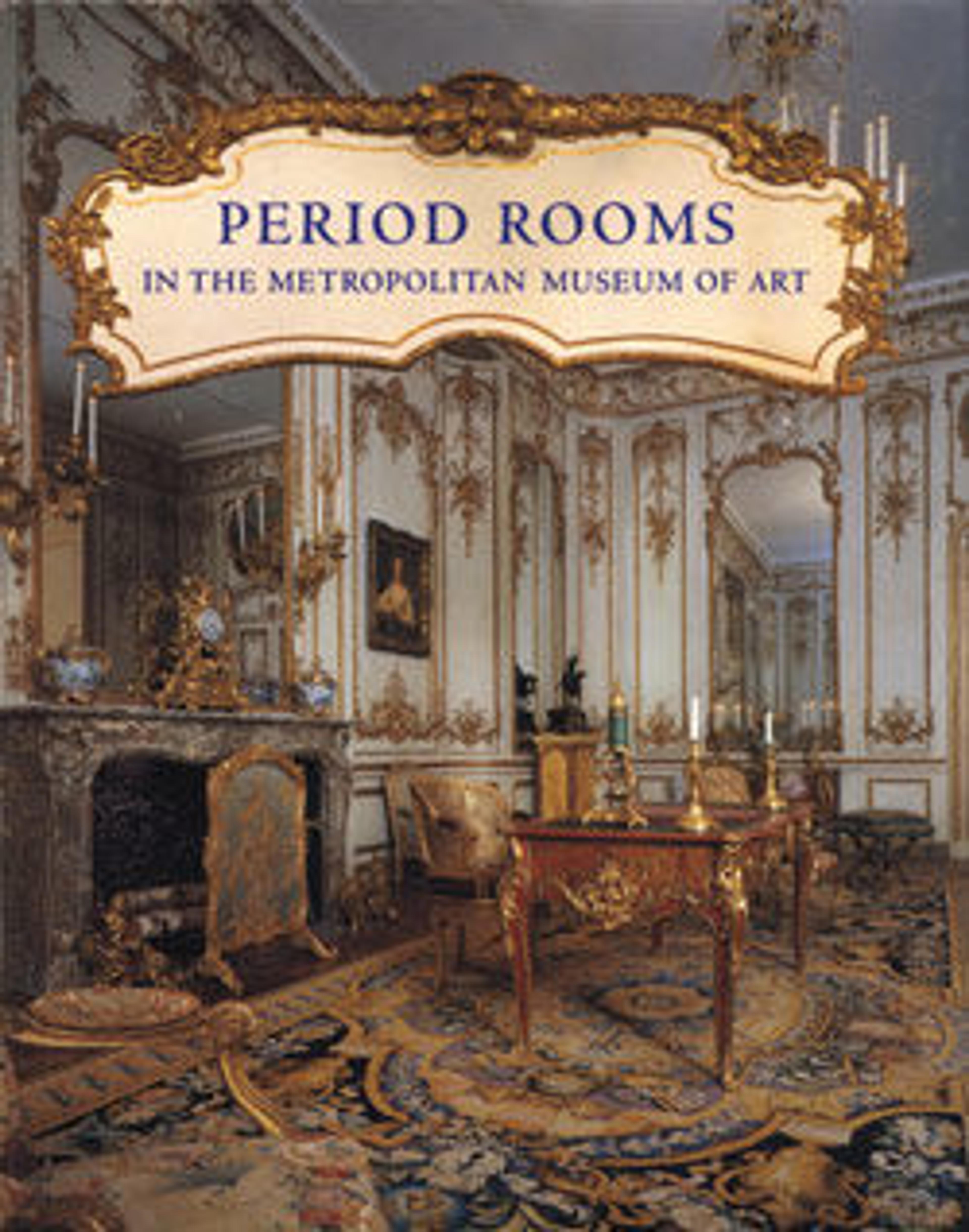The Swiss Room
The carved and inlaid paneling of the walls and ceiling came from Flims, an Alpine village in the canton of Grisons in eastern Switzerland.
The "Schlössli" or little castle, was built in 1682 by Johann Gaudenz von Capol (1641–1723), an eminent member of the leading family of Flims, who represented his country in Italy, Austria and England (he was created a baronet by King William III), and served prominently in local government. His coat of arms, consiting of an arrow, is displayed in the center of the ceiling, next to a tower, the arms of his wife, Amalie von Schorsch. They died without heirs, and the Schlössli" subsequently passed to the Salis-Seewis family.
The carving has been attributed to master Thaddäus Acker of Feldkirchen, who is noted as "joiner to Governor Gaudenz of Capol" in a parish record.
The decorative elements of the carving combine local tradition with motifs derived from the Italian Renaissance. The caryatid figures portray native men and women, as well as Turks and a Moor who personify the fear of a Turkish invasion, widespread in central Europe at the time. These figures flank reliefs carved with fantastic animals. The panels representing Danäe in a cartouche over the door, and Fortune with a sail on the back of the door are taken from late Renaissance prototypes.
The "Schlössli" now serves as a parish house for the village of Flims. The room or "reichestube", which lay behind the windows below the painted sun-dial in the photograph, was removed from Flims in 1884, and was bought by the Metropolitan Museum in 1906 from the Kaiser Friedrich Museum in Berlin.
The "Schlössli" or little castle, was built in 1682 by Johann Gaudenz von Capol (1641–1723), an eminent member of the leading family of Flims, who represented his country in Italy, Austria and England (he was created a baronet by King William III), and served prominently in local government. His coat of arms, consiting of an arrow, is displayed in the center of the ceiling, next to a tower, the arms of his wife, Amalie von Schorsch. They died without heirs, and the Schlössli" subsequently passed to the Salis-Seewis family.
The carving has been attributed to master Thaddäus Acker of Feldkirchen, who is noted as "joiner to Governor Gaudenz of Capol" in a parish record.
The decorative elements of the carving combine local tradition with motifs derived from the Italian Renaissance. The caryatid figures portray native men and women, as well as Turks and a Moor who personify the fear of a Turkish invasion, widespread in central Europe at the time. These figures flank reliefs carved with fantastic animals. The panels representing Danäe in a cartouche over the door, and Fortune with a sail on the back of the door are taken from late Renaissance prototypes.
The "Schlössli" now serves as a parish house for the village of Flims. The room or "reichestube", which lay behind the windows below the painted sun-dial in the photograph, was removed from Flims in 1884, and was bought by the Metropolitan Museum in 1906 from the Kaiser Friedrich Museum in Berlin.
Artwork Details
- Title: The Swiss Room
- Date: ca. 1682–84
- Culture: Swiss, Flims
- Medium: Walnut, maple, sycamore and other native woods
- Dimensions: Overall: 11 ft. 10 in. × 18 ft. 7 in. × 18 ft. 4 3/4 in. (360.7 × 566.4 × 560.7 cm);
Window-well: 23 3/4 × 19 1/2 in. (60.3 × 49.5 cm) - Classification: Woodwork
- Credit Line: Rogers Fund, 1906
- Object Number: 06.968.1
- Curatorial Department: European Sculpture and Decorative Arts
More Artwork
Research Resources
The Met provides unparalleled resources for research and welcomes an international community of students and scholars. The Met's Open Access API is where creators and researchers can connect to the The Met collection. Open Access data and public domain images are available for unrestricted commercial and noncommercial use without permission or fee.
To request images under copyright and other restrictions, please use this Image Request form.
Feedback
We continue to research and examine historical and cultural context for objects in The Met collection. If you have comments or questions about this object record, please contact us using the form below. The Museum looks forward to receiving your comments.
